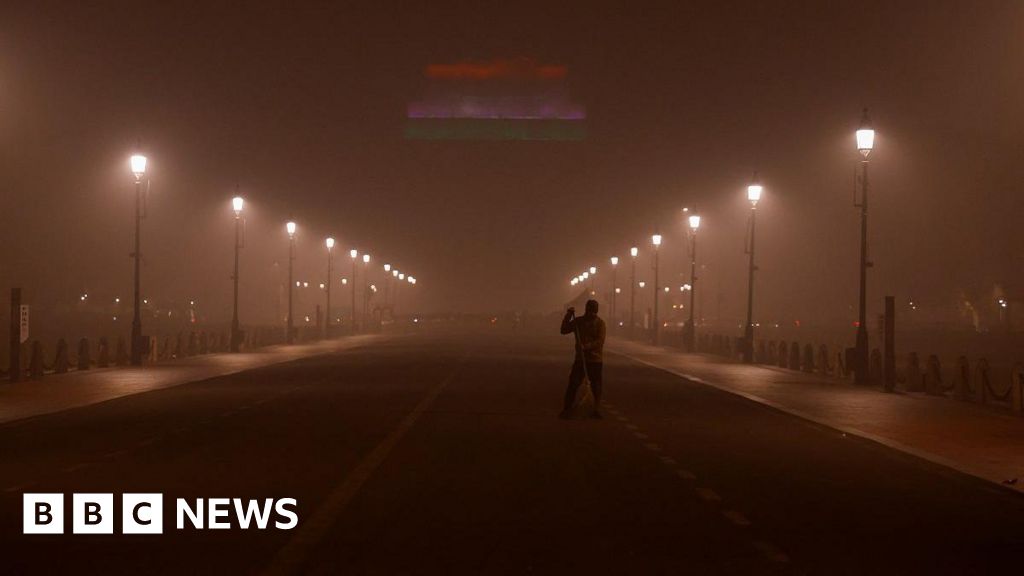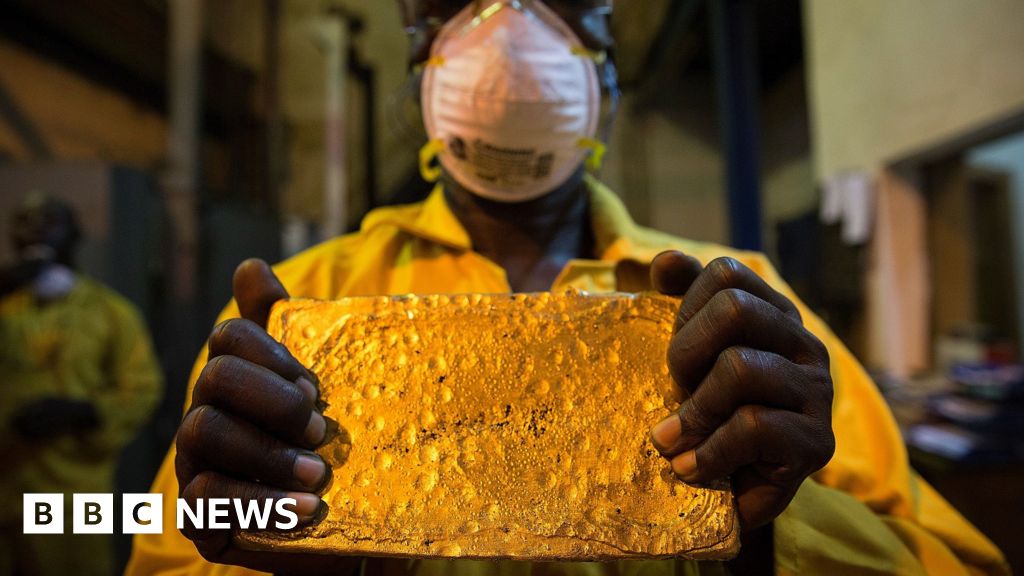ARTICLE AD BOX
By James Waterhouse
BBC News, in Kyiv
Image source, Getty Images
Kyiv didn't feel like a city bracing itself for 150,000 Russian soldiers to cross the border into Ukraine.
Arriving in Kyiv in January I decided to brave the supermarket near my flat. You could get your hands on just about any kind of meat or vegetable it seemed, even a pint of beer on aisle six.
"It's all a bluff", "we're at war already", were the most common responses when I asked people whether they were worried about what seemed to be the unthinkable at the time.
Of course, within five weeks that all changed. Some in the West predicted Kyiv would fall within 72 hours.
Over a period of 100 days the city has gone from stubborn normality, through complete darkness, and is now emerging into some sort of calm.
It's still far from what it was before the war, but it's nevertheless a picture of defiance.
"You'd better get your stuff together," was the short phone call I received at 04:50 on 24 February.
I headed to the roof of our building.
The night Kyiv and Ukraine changed forever
There were regular thuds from air strikes. Low-flying jets occasionally flew overhead, and black plumes of smoke appeared on the horizon.
Then, not for the last time, the howl of the siren.
The shadow of war had descended on this ancient city, and it felt almost immediate.
Many of those who chose to stay in Kyiv headed underground
Highways out of Kyiv were blocked by thousands of cars trying to get away from the Russian advance.
People queued at ATMs, as well as recruitment offices for Ukraine's territorial defence. They would show ID and be issued with the now familiar yellow armband and an automatic weapon.
Just before midday, President Volodymyr Zelensky tweeted that anyone prepared to defend Ukraine would be armed.
We will give weapons to anyone who wants to defend the country. Be ready to support Ukraine in the squares of our cities.
— Володимир Зеленський (@ZelenskyyUa) February 24, 2022The BBC is not responsible for the content of external sites.View original tweet on Twitter
These extraordinary words from a world leader matched the immediate threat his country faced.
From our bomb shelter, people watched on the social media platform, Telegram, as Russian paratroopers tried to take the Hostomel air base to the north-west of Kyiv.
There was fierce fighting, and it was in this area where the new frontline formed.
The following weeks would see the Russians resort to longer-range missile strikes on central locations in the city. Kyiv's air defence systems often worked, but residential buildings were regularly hit.
More than half the city's four million population would leave. Across the country almost 15 million Ukrainians would be displaced, according to the United Nations.
Image source, Getty Images
Image caption,A direct hit on the Retroville shopping mall caused a square mile of damage
The common theme with each impact was the scale of the devastation.
In March a deadly strike left parts of the Retroville shopping mall in the north-east of the city flattened. Cladding was blown off neighbouring blocks.
Here a kindergarten was damaged from shrapnel from an intercepted missile
Thousands of people were trapped in the fighting in surrounding towns like Irpin and Bucha.
Temporary ceasefires allowed some to escape to Kyiv train station, where the majority would travel west towards cities like Lviv.
Many took their chances under heavy shelling.
Image source, Getty Images
Image caption,Residents fled in terror Russia's occupation of towns just outside Kyiv
In April, the tide turned.
The Russian retreat allowed Kyiv to claw back some of the reality it had lost. There were no more military checkpoints in central parts of the city.
Expressions of anger and fear were replaced with occasional smiles. Menus in cafes and restaurants were offering a greater choice. As the sun beamed overhead, it was like looking at Kyiv through a different filter.
Despite fears at the time, the city didn't find itself under siege like Mariupol and Severodonetsk. Clear roads to the south kept blood pumping into it, keeping Kyiv alive.
Reprieve for the capital, however, exposed overwhelming evidence of war crimes.
In residential towns like Borodyanka not one building had been left undamaged.
Police found hundreds of soldiers and civilians in shallow graves and continue to do so.
The Kremlin has always denied committing war crimes and described this evidence as "fake". However, there is nothing artificial about the devastation that surrounds Kyiv.
The past few weeks has seen the city feel as normal as it has ever been. The nights are still silent with a 23:00 curfew, but the day brings more life.
Image source, Getty Images
Image caption,Recently, Vyshyvanka Day saw Kyvites don traditional embroidered Ukrainian shirts
Museums are open once more. Angry traffic jams are a thing again.
Officials believe the city is back to two-thirds of its original population. It certainly feels like it with busier parks, fuller theatres and subways being used to get the train once again.
Despite the uncertainty remaining over whether the Russians will make another attempt on Ukraine's capital, the city seems determined to heal.
What the next 100 days will bring is far from clear, and Ukrainians know it. Restoring normality is just as much a coping mechanism for people, as it is essential.

 2 years ago
24
2 years ago
24








 English (US)
English (US)